Characters:
I'm not even going to bother calling them characters. It feels like they're just there to provide bodies for the suits. They don't feel like people, they feel like cardboard cut-outs. We know virtually nothing about any of them. Troy is the worst of them both in terms of acting (though he did improve a bit) and characterization. Orion is honestly the best of the rangers because he at the very least has a back-story and we learn things about him, even if it is very small stuff. Roboknight's final moments got no reaction from me whatsoever. The writers didn't bother to make the audience care for Roboknight in the first half which is a problem since he ended up being a major plot-point.
Gosei and Tensou are meant to be the Zordon and Alpha of this season. They are some of the most useless characters I've seen in the franchise. They don't add anything to the show, they're not comic relief and we never learn anything about them beyond their original introduction. All they do is sit around the command center. They are nothing more than set pieces. Gosei is hands down my least favorite mentor because he doesn't do much of anything. He is just a head on a wall so he can't move which means all he can do is give advice but he doesn't even do that most of the time. All he basically does is tell the rangers that they've learned something (the lesson often feels like a small one due to execution) and give out mecha like Halloween candy.
Writing: Oh boy, the writing didn't get much better compared to the first half. The exact same issues that plagued the first half still plague Super MegaForce. In addition to talking down to audience with extremely obvious messages, this half presents the audience with a lack of explanation (I'll get more into that in another section) and logical gaps that far too big for the audience to just go with it. It is ridiculous to expect the audience to fill in the gaps simply because the show doesn't want to. I don't expect Triple A writing from Power Rangers, I just expect decent/tolerable writing and for the show to at least try.
The love story between Gia and Jake hasn't been touched upon very much but it supposed to be one of the most memorable traits about Jake. They missed a major opportunity bring it to the fore-front in the episode "Emperor Mavro". They could've had Gia get kidnapped by Damarus instead of Troy since they had to reshot the entire scene anyway because Marvelous was un-transformed in the Gokaiger episode. It would've made more sense to have Gia be the one getting captured because it would've made the fight all the more personal for Jake. They didn't need to completely adapt the episode by having Troy get captured for one simple reason: Marvelous was captured in Gokaiger to draw out the Gokaigers while Troy was captured so they could make an example out of him to force Earth to surrender. Any of the Megaforce rangers would fit the bill for that job so why just use Troy when you could kill effectively kill two birds with one stone by using the situation to develop both Gia and Jake? But as is par for the course for Megaforce/Super Megaforce, it was a straight-up copy and paste of the Sentai episode because it was the cheapest route. Needless to say, it gets resolved in the finale and doesn't feel very convincing at all.
Acting: I have nothing against the cast overall. They gave it their best shot with what they were working with. Gia, Jake, Noah, and Orion are decent actors by PR standards. The mind swap episode sort of highlights Noah's ability to play the cool guy. He had this air of coolness about him when he was acting like Jake. Jake's nerdiness could've used some work though but I mostly blame the script for that since he was just essentially using bigger words to highlight that he was acting like Noah. Emma has improved from the first half as she sounds less cheery during the more serious moments of the show. Troy has improved a bit as well, he still has that slight monotone in his voice when reading his lines but he got a little more believable, minus the Nolan Batman yell in Vrak Is Back Part 2 of course. Again its just a little improvement but I will give credit where credit is due. Voice acting-wise, Roboknight is still well...Roboknight. He is still just a monotone robot which makes it hard to connect with his character.
Worst episodes: This award actually goes to two episodes, those being the episodes Blue Saber Saga and Tensou Alone. As I said in the mid-season review, the Blue Saber Saga is the most out of character thing I've seen in this show. There was absolutely no attempt to make it fit Noah's character. It was made entirely on the idea of adapting the episode completely intact. It makes absolutely no sense for someone like Noah to get depressed over losing a sword fight.
Tensou Alone is an original episode and its an amnesia episode. I'm a bit curious as to who thought this episode was a good idea. The episode was completely pointless. It didn't move the characters forward and it didn't move the plot forward. Most of it was just the rangers running around the city looking for Tensou because of a gag about him being mistaken for a suit case. It wasn't funny, it wasn't creative, and it certainly wasn't tense. In other words: This episode didn't need to exist. It was a waste of an episode and was only there to pad out the episode count.
Best episode: The best episode in Super Megaforce is still the Jungle Fury tribute. Which is sort of weird for me to admit since I don't particularly care for Jungle Fury. While the episode was ok, it did stick to continuity with Casey for the most part. It was another copy/paste episode but it worked out better than the Blue Saber Saga.
Villains: The Armada isn't much better than the villains from the first half. Vekar was a weird case for me. In the first episode of Super Megaforce, he had this sort of intimidating regal tone to his voice, but for some reason he just became a whiny little brat. Argus is just there to be the big brute and there is literally nothing memorable about him. When they died all I could think was "Well...that was a thing".
Vrak returns and that was a big mistake since Vrak barely did anything at all yet they built him up to be so important. I have no idea why they just didn't kill him off at the end of the first half. His plan for Roboknight makes no sense. How does he know how the ranger's powers work? How does he know how to corrupt that power? And more importantly how does draining Orion's life-force disable Super Mega Mode for the others? He'd have to be the physical incarnation of the morphing grid for that to even remotely make sense. These aren't just minor details since his entire plan is contingent on them. If draining a ranger's life-force/powers affected their teammates powers then the Mighty Morphin' rangers would've been affected by the green candle's magic as well and Rita wouldn't have needed separate candles for each ranger.
Pre-Zyu Suits:
I'm aggravated that they're here with absolutely no explanation. They clearly aren't going to make toys out of them otherwise it would've been big news. They could've been used for world building but they weren't. We have no clue where they came from other than the "Never before seen on Earth" line. Heck, "Never before see on Earth" could mean any number of things other than being from space, like powers held in reserve, powers stockpiled but never used. All they needed was a small line that roughly said "These powers are from other planets". They missed a major opportunity to expand the PR mythos. They're presumably not even in the archives Noah got from Gosei.
None of the Lightspeed Rescue keys got used outside of the episode Legendary Battle (extended version only) and yet we got suits that are here for no real reason other than to save money on editing. They even went so far as to name the new modes but it becomes a moot point since we know nothing about these teams or where they came from. If you're going to make this things canon then at least give them some sort of origin. Its little details and explanations like that that show you're passionate about what you do and that you take pride in it. Its really bad when the fans have to come up with explanations that you're too lazy to give. It is disrespectful to your target audience, disrespectful to the older fans, and above all it is disrespectful to the franchise as a whole.
Logical Gaps: As I said earlier in the review, the show leaves a lot of gaps that either contradict themselves, don't make sense in general, or that the show just hand waves away. Since I've already covered some of them in other sections, I'll just talk about a few of the others here. The existence of Roboknight's key is one of them. The show never really explains whether the keys are the actual powers or if they are simply borrowing/copying the powers. Either way Roboknight's key shouldn't exist in Super Megaforce for the simple reason that the powers were still in use at the time which begs the question as to how it shows up in Orion's Gold Mode. The Roboknight key gets introduced as a way to simply to track his life-force. It tied into a key plot-point so why wasn't it introduced earlier to at least show proof to the other rangers that Roboknight was sort of ok before now. There is no explanation for why Orion can combine the keys other than Gosei saying "he has the potential" which is the show hand-waving the issue away by saying he just can.
Legendary Battle: Since there were two separate versions of the finale, I'll talk about both and start with the regular version.
The opening cameos from the legendary rangers were the best part of the episode. Those scenes actually felt like a Power Rangers show, especially seeing Carter and Dana running through the rubble to rescue people. The rest of the episode however was very underwhelming and just a mess in terms of pacing. Mavro and his goons die off far too easily so all the legendary rangers are basically doing is mopping up the remaining x-borgs. Seems a bit of a waste of the legendary rangers and all the ranger suits. It would've been more effective to have Mavro survive his ship exploding and send the x-borgs as well as himself into the battle. That way the legendary rangers could clear the x-borgs out of the way so the Megaforce rangers could finish Mavro. I have no idea why they opted to air this version on their main channel instead of the extended version. It would've made it feel less rushed. It was boring and poorly handled. That is the biggest problem with this episode since it was promoted/teased/promised for two years.
The scene where the Legendary rangers pose on the cliff was a bit inconsistent. Tommy's forms didn't appear with their teams since he was present with the green ranger powers and because he held multiple powers. However, the red and pink turbo rangers were with the turbo rangers despite TJ and Cassie being present with their In Space powers. Lightspeed red and pink also appeared with their team but I'll cut them some slack since no one from that team or Lost Galaxy held other powers. Roboknight somehow shows up despite being dead with no explanation given for how he is back. He also isn't shown in the group shot of all the rangers. If I had to pick something that visibly highlighted the laziness over the last two years, it would be the Titanium ranger's helmet during the Legendary Battle episode. The visor is on backwards and no one caught that. You can even see the mouth piece.
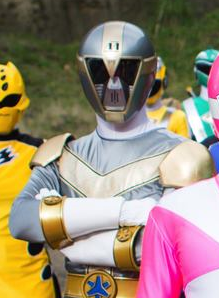 |
| Seriously, how did no one catch this? |
Now this wasn't part of the episode but its more an issue I have with the trailer for it so I feel it is worth mentioning. The trailer that aired prior to the finale on Nickelodean called Tommy "the Ultimate Power" of the Power Rangers. While I don't mind Tommy as a character, I feel I should point out that Tommy only got to where he is now because he had his team behind him. It felt sort of like they slapped the other veterans in the face with that trailer. I understand that he is the most popular ranger in the franchise and has come back many times but it felt unnecessary since he wasn't the only one to come back.
Final thoughts: I've been with the franchise since the beginning and this "anniversary" did the unthinkable, it made me question why I've watched it all these years. This doesn't even feel like an anniversary. It has some cheese here and there but none of the heart. It doesn't even feel like Power Rangers and therein lies my problem with the Neo Saban era as a whole. They're making shows that look and sound like Power Rangers but they lack the heart and what makes it Power Rangers while making references to the franchise as a whole. As flawed as Overdrive and Turbo were, they at least felt like Power Rangers. An anniversary is meant to showcase what makes a franchise special and show how far its come since it began. It should instill a sense of pride in members of the fandom both old and new. It is how you pay your audience back for all the years of loyalty.
In my mind, there are two ways to tick your audience off: 1. You can try an idea and not properly execute it in which case you'll end up with a badly executed show but at least you tried. 2. You can play it safe and do nothing at all, in which case you'll end up with a lazily written show with poor execution. MegaForce/Super Megaforce is clearly the latter. For all the trash people talk about Overdrive and Turbo, at least they tried to be entertaining. MegaForce is a show that feels like nothing...just nothing. It tried too hard to play it safe and ending up shooting itself in the foot. I'd much rather be angry at a show for being bad than be angry at it for being boring. The show relies on so many logical gaps for everything to work. Yeah, I have never denied that PR is a kids show but even kids shows need their own logic for why things work the way they do. When stuff doesn't make sense they need to explain things otherwise they just create plot-holes. It feels sort of like the show has a vendetta against explaining itself. As far as I'm concerned Megaforce/Super Megaforce have earned their spot as the worst season in the franchise, because its not just bad, it is a big old cup of boring (which is arguably worse than being bad), and refuses to try something. I give both halves a collective score of 2 out of 10 and the distinction of worst season in the franchise. This show was exhausting (not in the good way), infuriating, and it felt like a punch in the stomach. I really hope Dino Charge is better.
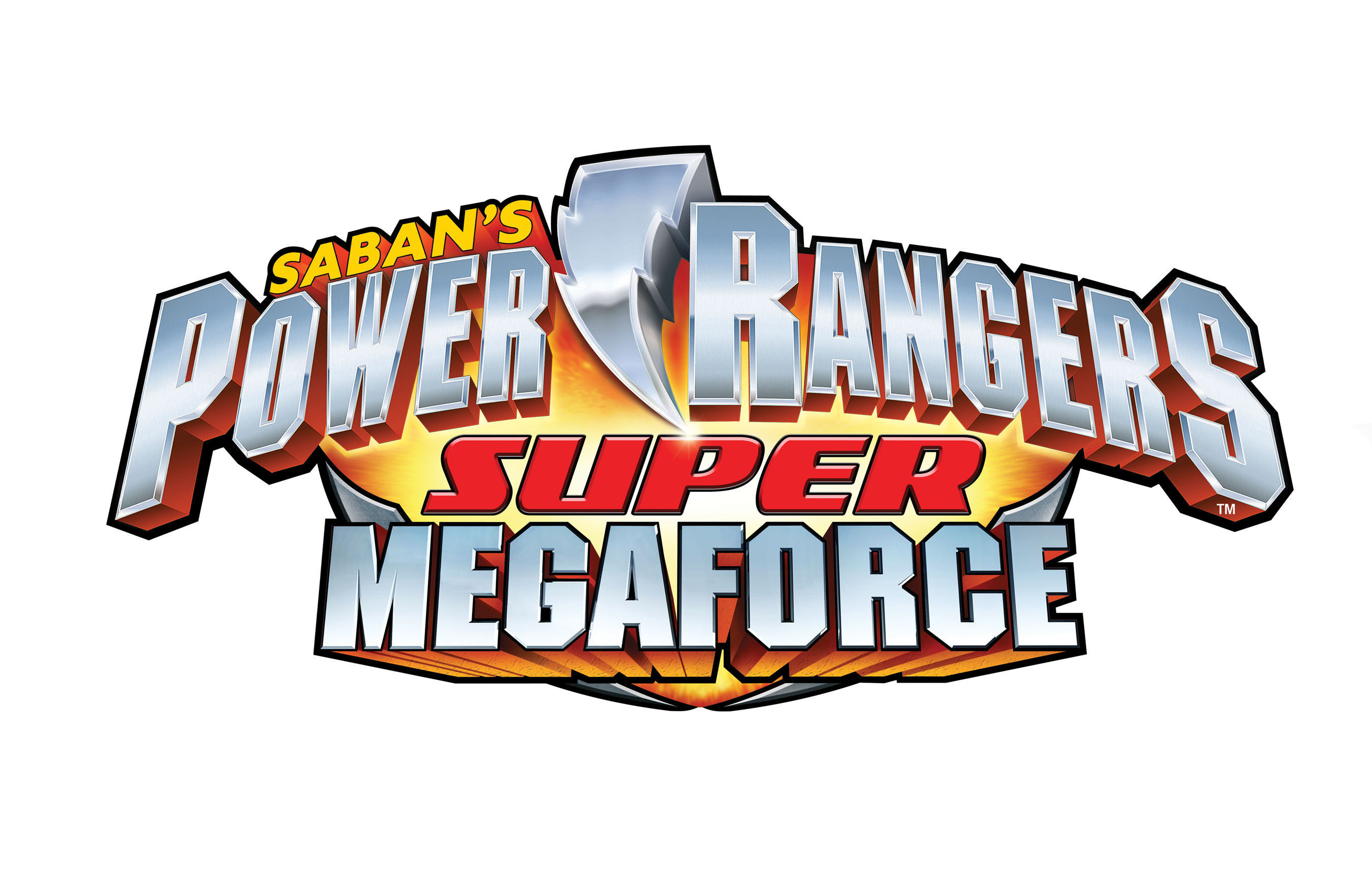
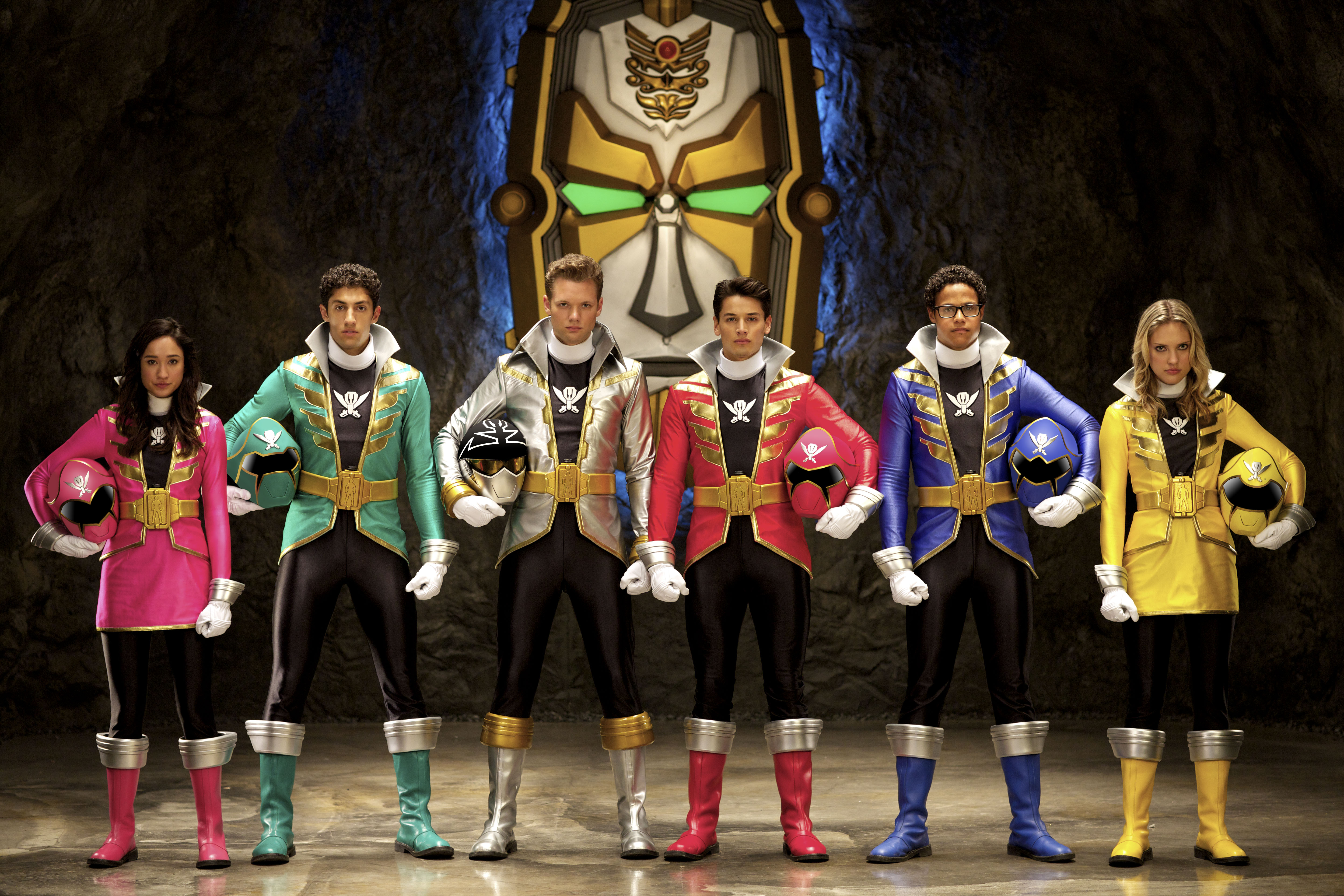
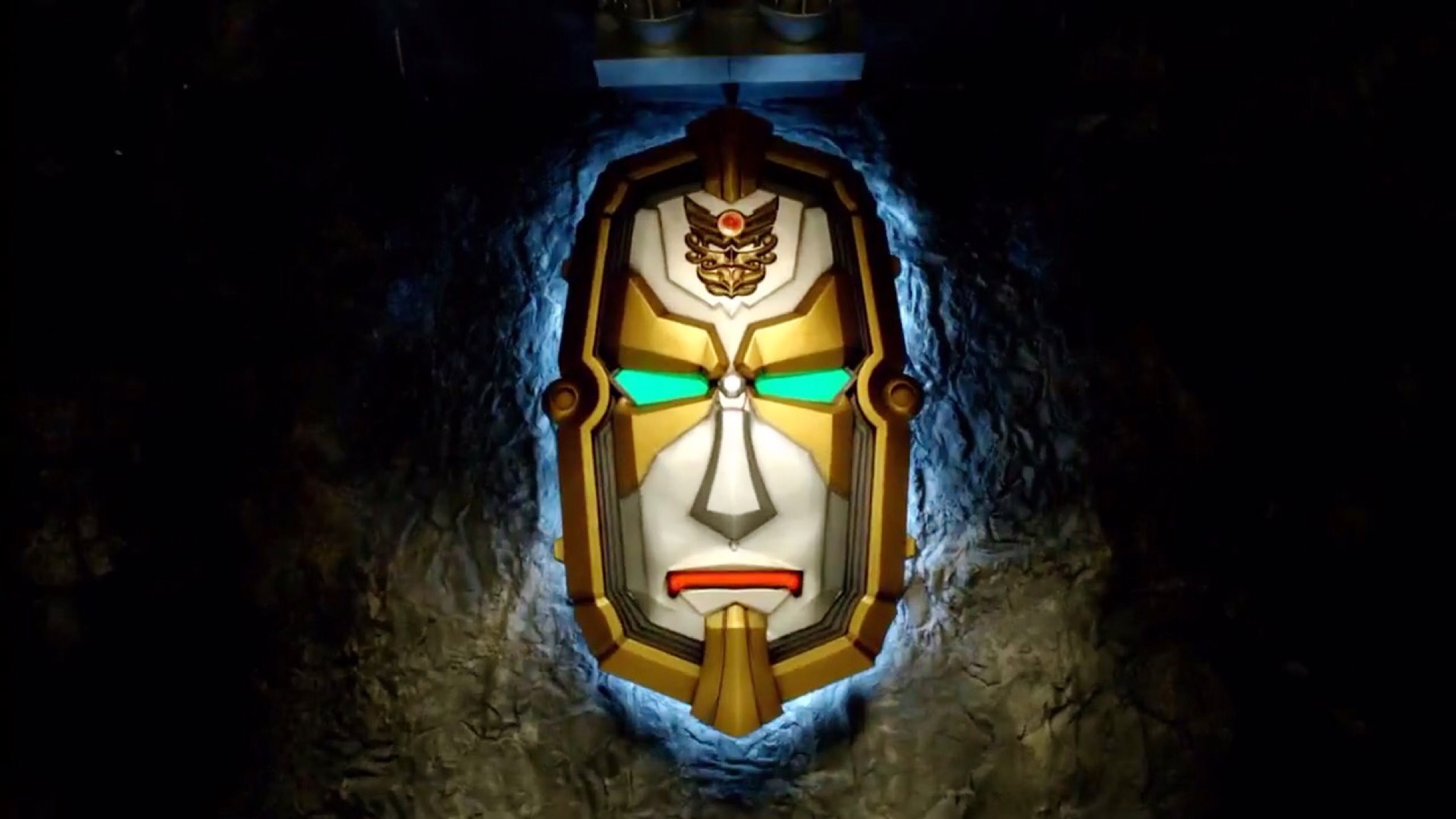
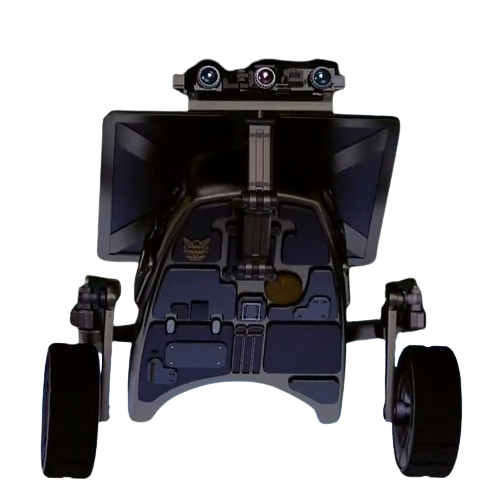
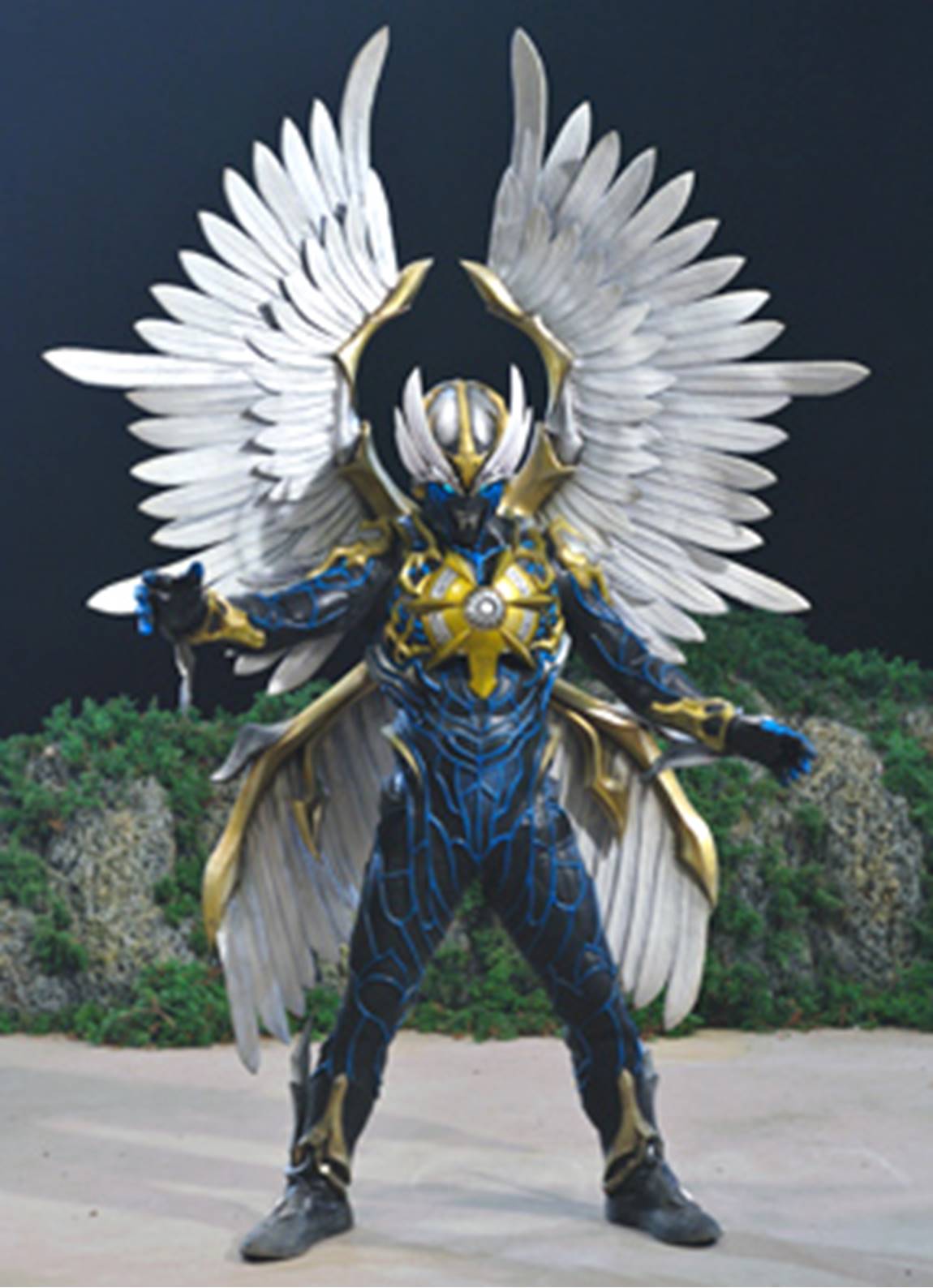


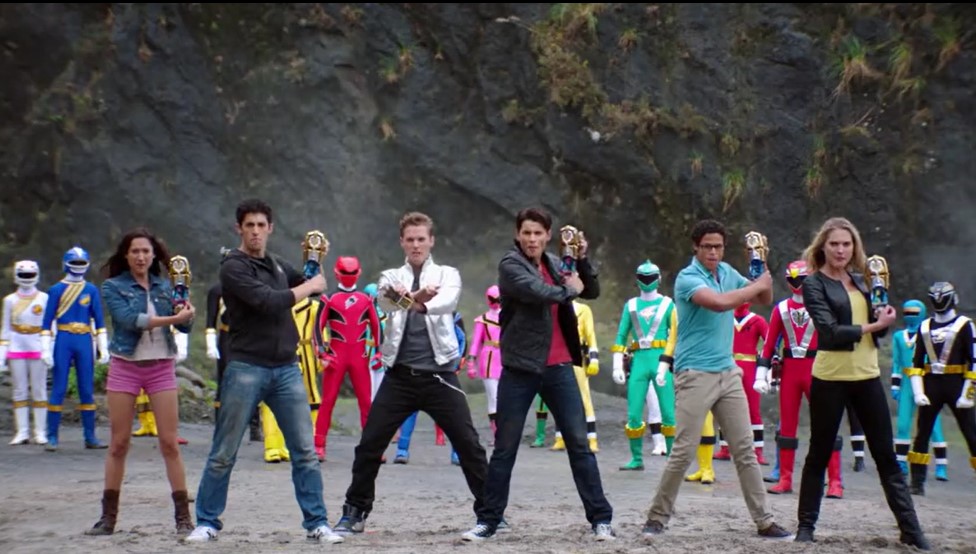






.jpg)

